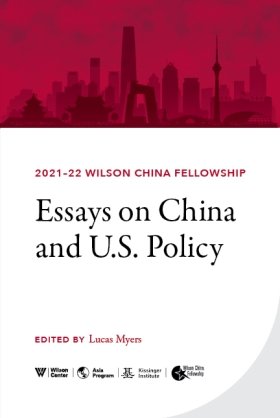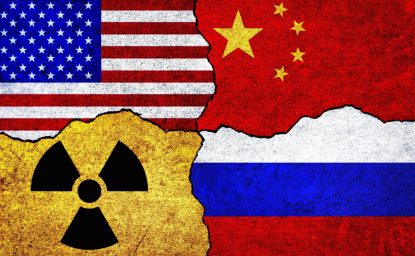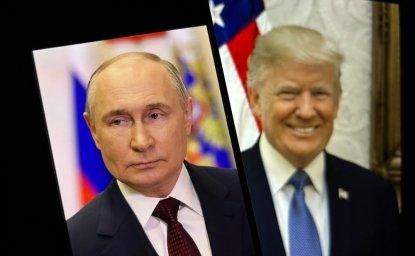The U.S.-China Trade War and the Tariff Weapons

Abstract
Managing the U.S.-China Trade War ranks among the most difficult for-eign policy challenges for the Biden administration. It should not be weighed down by misguided Trump-era thinking on the strategic virtues of tariffs. The Trump administration cast tariffs as a panacea for all the economic challenges facing the United States and employed them to achieve contradictory strate-gic ends. Tariffs have distributional consequences, and their efficacy must be evaluated by the net effect on the whole U.S. economy. Research suggests that section 301 tariffs have caused great collateral damage to U.S. businesses and consumers without generating the leverage over China or reducing trade defi-cits as advocates hoped. This is because large companies are not responding to tariffs by abandoning China but by passing on the costs or circumventing tariffs. Tariffs have instead become a regressive “hidden sales tax” that places a disproportionate burden on the less affluent by contributing to rising con-sumer prices and on small and medium enterprises that struggle to remain competitive. Tariffs have trapped the United States and China in a massive economic war of attrition that grows costlier by the day without yielding mea-surable strategic benefits.
Implications and Key Takeaways
- Despite the economic toll on both economies, tariffs have achieved few of the strategic ends articulated by the Trump administration. The United States should scale back section 301 tariffs in favor of policy instruments that cause less collateral damage on the American economy or are more effective at achieving desired strategic ends.
- Rolling back tariffs does not mean capitulating to China but a change in U.S. tactics. U.S. efforts to increase investment in science and technology, to strengthen foreign investment screening, and to add companies
with links to the Chinese military to the entities list, all serve strategic competition much more so than tariffs. - The United States should seize the opportunity afforded by growing inflation concerns to reframe the characterization of tariffs as not “tough on China” but bad for the American economy. It could also pair tariff reductions with Chinese cooperation on the Russia-Ukraine War.
- The United States could also do more to address structural imbalances by strengthening export competitiveness. This involves traditional measures such as maintaining a competitive exchange rate and negotiating trade agreements but could involve new policies such as taxing capital inflows and use the revenue to subsidize exports.
- The failure of section 301 tariffs is a cautionary tale against an all-or-nothing approach to strategic competition with China. The Trump administration hoped tariffs would achieve an expansive and contradictory set of strategic goals and overplayed its hand. Tariffs can be a source of leverage, but they are best threatened and not used. The costly tariff stalemate could have been avoided had it made a more focused set of asks.
Author

Assistant Professor, Department of Political Science, University of Kansas and Director of the Kansas University Trade War Lab
Explore More
Browse Insights & Analysis
US Inaction Is Ceding the Global Nuclear Market to China and Russia

360° View of How Southeast Asia Can Attract More FDI in Chips and AI

